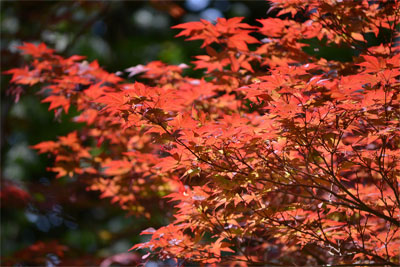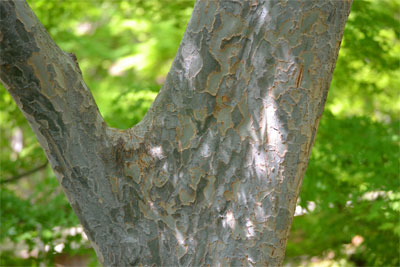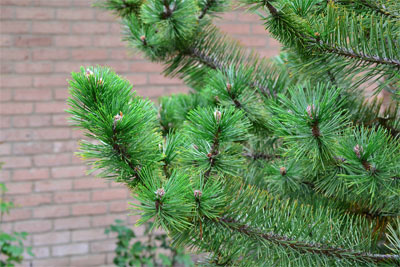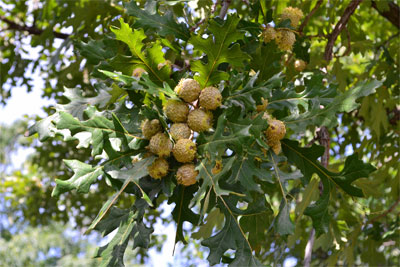Texas Tree Tips – January, 2013

Japanese maples are popular ornamental trees because of the color they bring to gardens. While most cultivars never exceed a height of 20 feet, they often rank at the top of gardeners’ favorite tree lists. All photos by Bill Seaman.
Tree Species Profiles — Top-Rated Shade Trees
Almost everyone in the green industry has created his or her own short list of favorite shade and ornamental trees. The criteria used to formulate those opinions vary. A grower’s or nursery professional’s opinion may not always concur with a landscaper’s or arborist’s advice. A grower may choose a species based on its popularity in the retail marketplace and the ease with which it can be propagated. A nursery often carries a tree species because of its popularity but also their experience with its overall performance in an area.

The interest generated by the decorative bark on lacebark elms helps place the tree species on the top shade tree list of many landscape architects.
A landscape architect’s or designer’s primary focus may be based on the short- and long-term aesthetics of a tree, as well as the landscape’s overall design. Arborists and landscape contractors are directly involved in the long-term maintenance of the trees and plants, which gives them yet another perspective on each tree species. Working to keep plants and trees healthy, these professionals see firsthand what works and what doesn’t in the long-term sense. The green industry in Texas differs slightly from other states in that professing the virtues of your favorite tree species can often progress to “them’s fighting words.”
Arborists deal with any and everything even remotely associated with the health and structural integrity of individual trees over an extended period of time. Tree climbers have an intimate knowledge of the strength of the wood for any given species, as well as species’ stronger/weaker branching habits. Climbers must install a rope around a limb to support their weight in a climbing saddle as they move throughout a tree. To a climber, knowing the strength of the wood or the limb structures for each species is critical to returning home in one piece at the end of the day. There are old tree climbers and bold tree climbers — but there are no old and bold tree climbers.

Because of its adaptability to clay soils and Texas summer heat, Austrian pine ranks near the top of the best conifers list for many Texas gardeners.
There are still other opinions regarding tree species that can place them on someone’s top-rated list. A naturalist may see the many benefits of a species based on its valuable contributions to our environment (air, water, soil, wildlife and much more). Hunters or fishermen may see the many benefits a tree provides for their favorite wildlife. A gardener may see the great bounty a species produces, whereas a crop farmer may curse the exact same species.

Bur oak acorns are a good food source for wildlife, which is only one trait that makes this tree a contender for many top-rated shade tree lists.
So what is the top-rated shade tree? The answer depends on many factors, but providing information on each commonly top-rated tree species from many of these diverse perspectives is a good start. We plan future articles that will include tree species profiles intermixed with other “tree tips.” Given a broad-based perspective of tree species information, each person can construct his or her own top-rated shade tree list — and let the fightin’ words begin.
To fire the first volley, next month’s article will profile our native post oak, Quercus stellata. Admittedly, it may not be available for purchase, and others will say it is a very “sensitive” species to work with. However, I find post oaks do quite well if the human species leaves them alone.
About the author: Steve Houser is a Dallas native with more than 30 years of experience as a consulting arborist and tree climber. He is the president of Arborilogical Services Inc., “The Experts Your Trees Deserve.” www.arborilogical.com.

